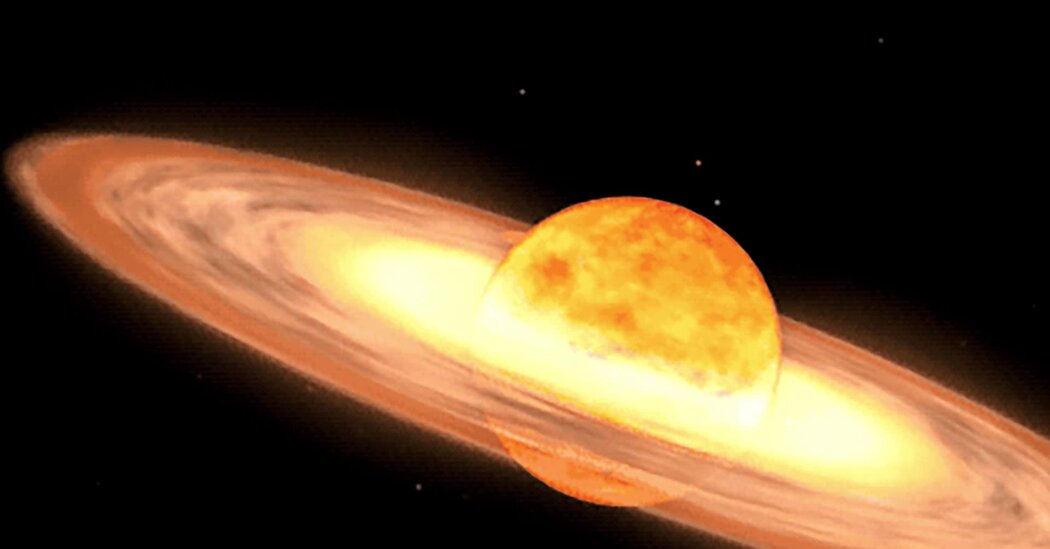If you keep a close eye on the night sky in the weeks and months ahead, you may spot something new. It will shine as bright as Polaris, the North Star, for no longer than a week before fading back into darkness.
This ephemeral lighthouse is T Coronae Borealis, often referred to as T CrB. It is a nova, a nuclear explosion bursting forth from the pallid corpse of a long-dead star. Some people might have seen it before — the same beguiling sight lit up our heavens almost 80 years ago — and future generations may see it in another 80 years.
To any world nearby, a nova would be apocalyptic. But to stargazers in our world, some 3,000 light-years away, it “is a fun and exciting upcoming cataclysm,” said Bradley Schaefer, an astrophysicist at Louisiana State University.
Here is everything you need to know about this event: what it is, when it will appear and where to glimpse it.
What is a nova?
There are more than 400 known novas in the Milky Way galaxy. They result from the explosive pairing between a normal type of star — for example, a main sequence furnace like Earth’s sun or an elephantine red giant — and a white dwarf, a smoldering stellar core left behind after a star’s demise. The two are gravitationally bound companions destined to unleash a fiery blast into the cosmos.
